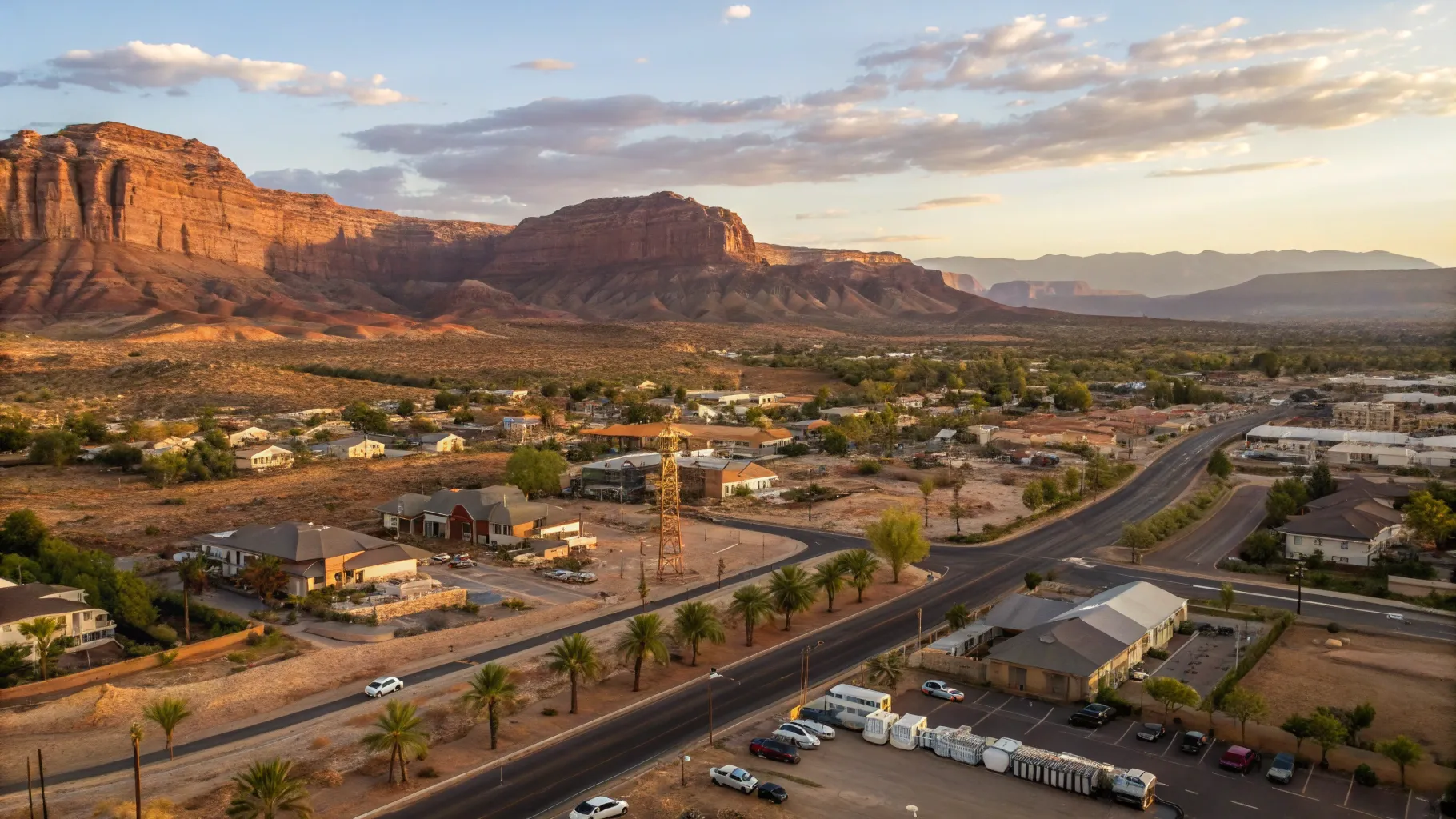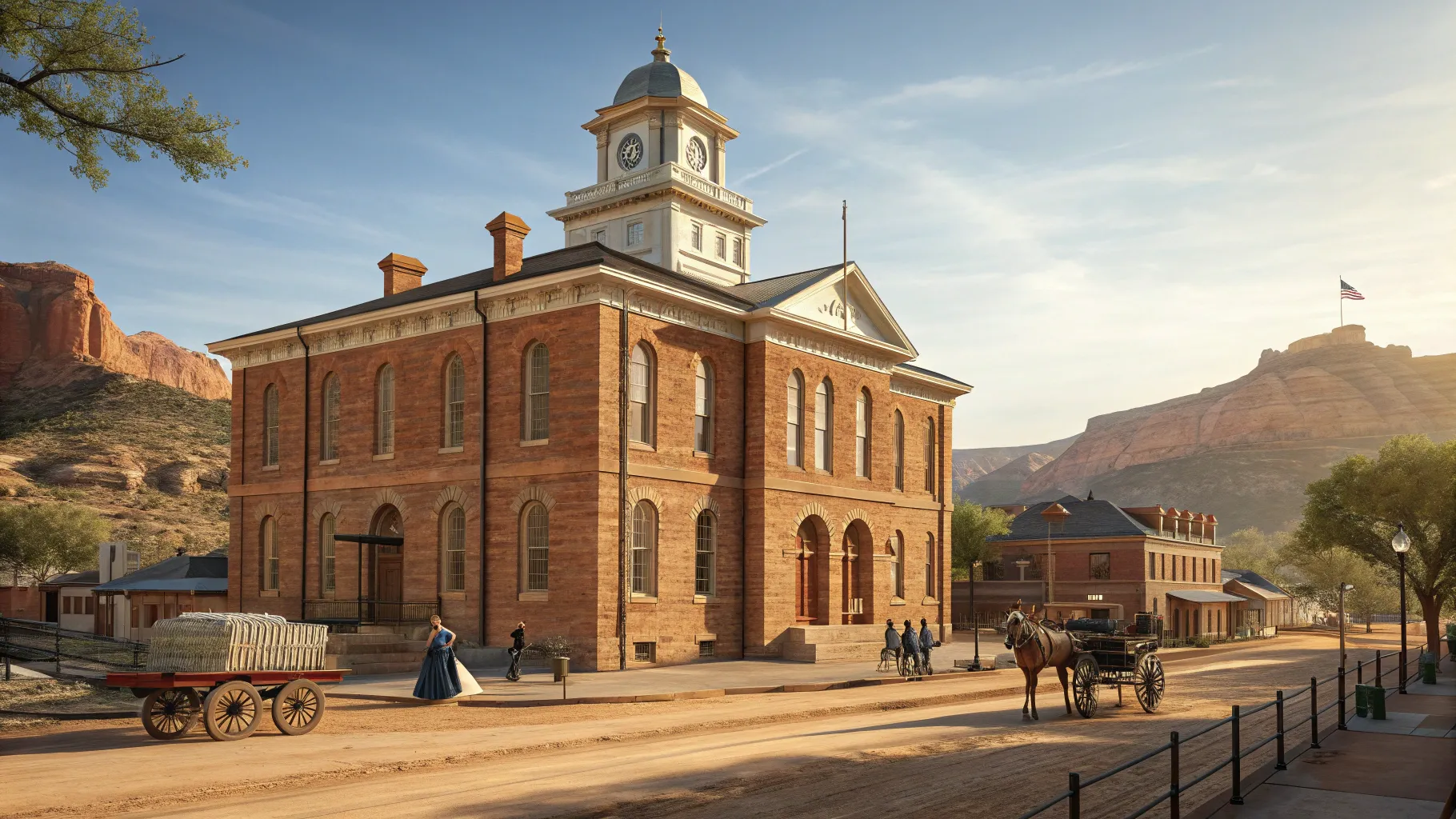
A commissioned virtual tour produced by BackRoadsWest1 presents the history and architectural character of the Pioneer Courthouse in downtown St. George, Utah. This account summarizes how St. George was intentionally planned during the Civil War era, how the courthouse became a civic cornerstone, and what visitors and real estate observers should notice when exploring the historic downtown district.
Outline
- Origins: The Cotton Mission and settlement of St. George
- Town planning: The Plat of Zion and downtown layout
- The Pioneer Courthouse: construction, design, and uses
- Inside the courthouse: courtroom, judge's chambers and basement jail
- Historic walking tour: nearby museums, opera house and residences
- St. George real estate perspective: how history shapes market appeal
- Visitor information and FAQ
Origins: Why St. George Began Differently
At the outset of the American Civil War, church leadership anticipated shortages of cotton and silk. In response, 309 families were called to form a cotton mission in southwestern Utah. The settlers arrived in December 1861 with the directive to cultivate cotton, plant trees for silkworm production, and grow grapes for winemaking. This purposeful start—driven by agricultural strategy rather than random frontier expansion—gave St. George a distinct origin compared with other southwestern towns.
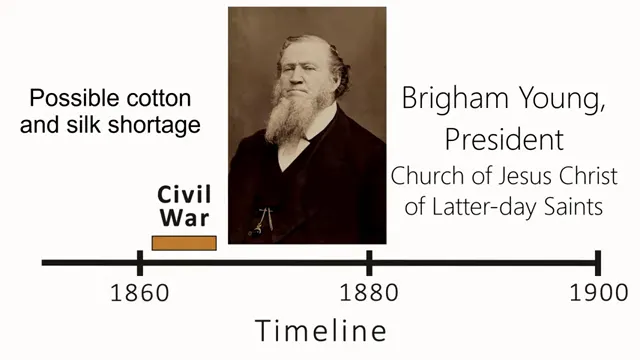
Town Planning: The Plat of Zion and Downtown Geometry
The town was laid out on a grid based on the Plat of Zion, a planning model developed from early church teachings. Home lots clustered in the town center, while larger shared fields surrounded the residential blocks. Lots were assigned by lot number drawn from a hat, and residents were encouraged to place houses close to streets so that larger gardens could be maintained behind the homes.
The historic core of St. George features blocks that are 528 feet square (about 6.4 acres), with major streets 90 feet wide. Each original block was divided into eight lots, and early settlers developed gardens, orchards, pastures and outbuildings associated with family farms—many of which were later replaced by commercial structures as downtown developed.
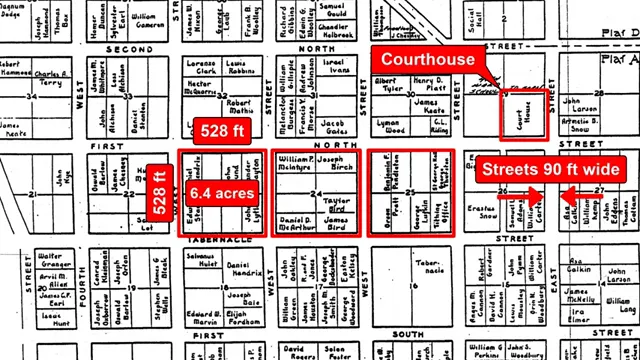
The Pioneer Courthouse: A Civic Anchor (1866–1870)
As St. George grew and became the seat of Washington County in 1863, civic infrastructure followed. Construction of the Washington County courthouse began in 1866 and was completed in 1870. The building served multiple public functions: county offices on the first floor, a large multi-purpose second floor for a courtroom, schoolroom and civic gatherings, and a full basement that served as the county jail for about a decade.
Explore Utah Real Estate
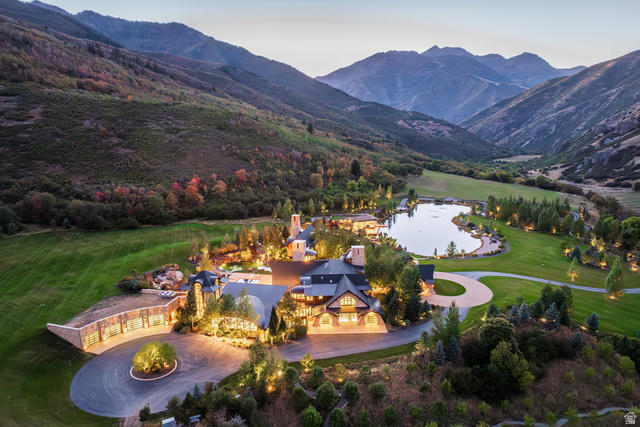
5618 E SOUTH FORK RD, Provo, UT
$43,000,000
6 10 22,958 sqft
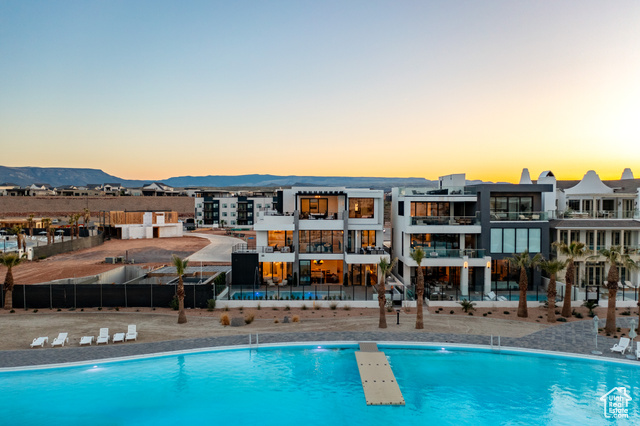
864 W SAPPHIRE SKY LN #546, St George, UT
$4,300,000
7 9 5,136 sqft
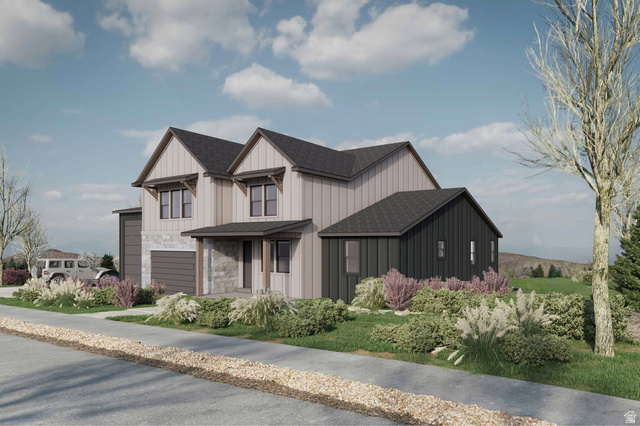
850 LAZY WAY #8, Francis, UT
$1,300,000
4 4 2,755 sqft
Architectural and historical features of note include 18-inch-thick interior doors, original chandeliers, painted canvases depicting regional vistas (such as Angels Landing, Zion National Park and the North Rim of the Grand Canyon), a security vault, exterior cornice work, and a cupola with the grim historical detail that it was designed to permit hangings—though no legal executions took place there.
Touring the Courthouse: Spaces and Stories
Visitor access today is oriented from the parking area off 100 East, where a rear entrance and an added elevator provide access to the courtroom upstairs. Interior walls are lined with historical photographs and captions that narrate local events, personalities and civic development. Docents are often present to provide guided commentary, or visitors may explore at their own pace.
On the second floor, the judge's chambers are reached directly from the stair landing; the courtroom sits to the left. The courtroom layout preserves historic sightlines—the bench, jury box and audience area remain legible and evocative of 19th-century civic life. Below stairs, the baseline jail cells convey a stark contrast to the more formal public rooms above. A basement display recounts an infamous 1880 vigilante hanging tied to violent episodes connected with the nearby Silver Reef silver-mining boom.
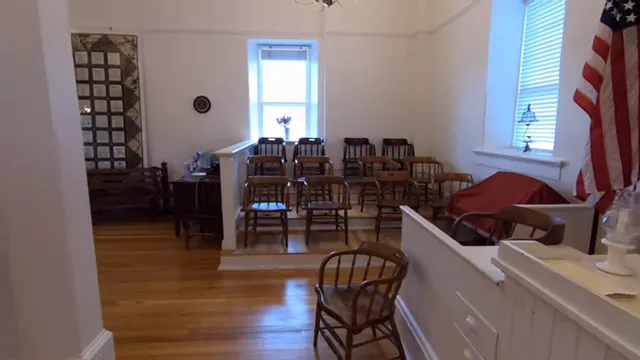
Neighborhood Walking Tour: Historic Nearby Landmarks
The courthouse functions as a natural starting point for two compact walking tours—one highlighting historic commercial buildings and another focusing on residential sites that have been adaptively reused. A short walk leads to the Pioneer Museum, which expands on regional history, and to the old opera house built in 1875. Several early residences have been converted into art galleries, gift shops, bed-and-breakfasts and offices, illustrating how historic fabric has been preserved while supporting contemporary downtown life. The Moroni Tabernacle and original higher-education sites are among other civic landmarks in the vicinity.
St. George Real Estate Perspective
Historic downtown St. George offers a unique value proposition for homebuyers, investors and lifestyle seekers. Properties within and adjacent to the historic core frequently command interest for their proximity to cultural amenities, walkability, and the character imparted by preserved architecture. Adaptive reuse—turning residences into galleries, B&Bs or professional spaces—creates mixed-use vibrancy that benefits nearby residential values. For buyers focused on southern Utah, the interplay between historic preservation, tourism draw, and everyday amenities shapes local market dynamics and investment potential.
For more detailed local listings or market guidance specific to St. George, see https://bestutahrealestate.com for neighborhood overviews and property listings.
More Properties You Might Like
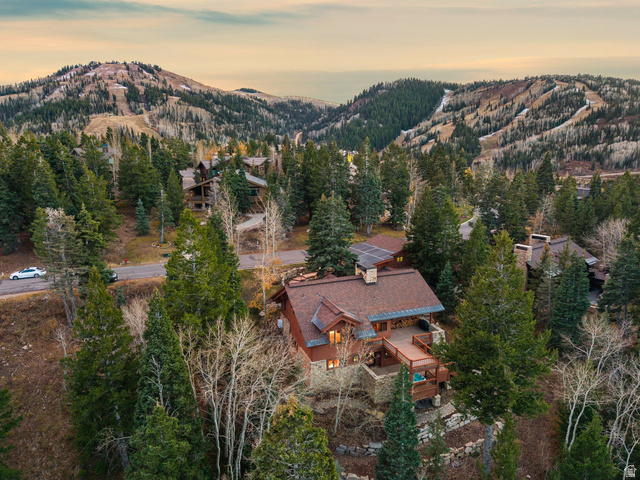
7665 STERLING DR, Park City, UT
$6,100,000
5 6 4,975 sqft
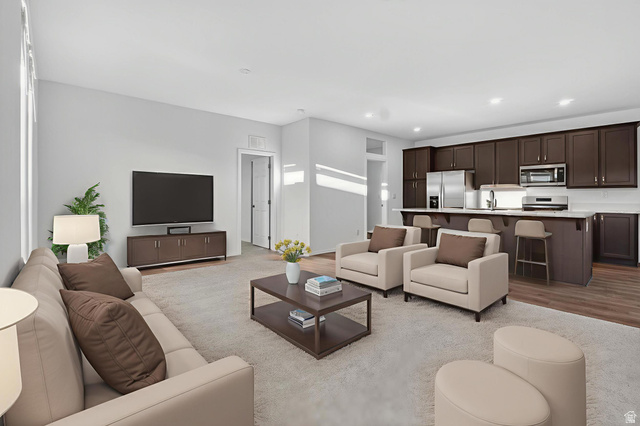
1700 W 2700 N #36, Pleasant View, UT
$230,000
4 2 2,100 sqft
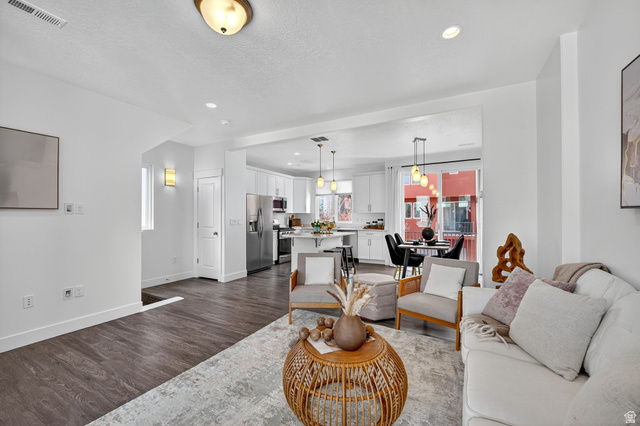
5033 W DAYBREAK PKWY, South Jordan, UT
$384,900
2 3 1,548 sqft
Practical Visitor Details
- Hours: Open Monday through Saturday; closed Wednesday from 11 a.m. to 3 p.m.
- Admission: Free
- Contact: Local information available through the courthouse’s public listings and social media; historical and civic context can also be confirmed through state resources such as utah.gov and national real estate/market guidance via nar.realtor
- Accessibility: An elevator provides courtroom access from the rear entrance off 100 East.
FAQ
- What is the historical significance of the Pioneer Courthouse?
The courthouse is one of St. George’s earliest civic buildings, completed in 1870. It served county government functions, hosted court and community gatherings, and had a basement jail—making it a focal point of governance and public life in the region.
- Why was St. George founded during the Civil War?
St. George was established as part of a deliberate cotton mission to offset anticipated shortages of cotton and silk during the Civil War. Settlers were tasked with growing cotton and crops for silkworms and winemaking, which shaped the town’s early agricultural economy.
- What remains of the original town layout?
The downtown grid based on the Plat of Zion still defines block sizes and street widths. Many early structures were replaced over time with commercial buildings, but key historic properties and the courthouse preserve the original planning intent.
- How does the courthouse affect nearby real estate?
Historic civic buildings enhance neighborhood identity and attract cultural tourism, which can raise demand for adjacent residential and commercial properties. Adaptive reuse preserves character while supporting economic activity beneficial to property owners and investors.
- Are guided tours available?
Docents are often available to provide guided tours; visitors may also explore independently while viewing photographic displays and interpretive materials throughout the building.
Conclusion
The Pioneer Courthouse offers more than architectural interest: it provides a window into how strategic planning and community priorities shaped St. George’s development. For residents, prospective buyers and investors, the courthouse and its surrounding historic district are tangible reminders that history contributes to modern-day lifestyle, walkability and market appeal in southern Utah.
For additional local real estate resources and property listings, consult https://bestutahrealestate.com. For official state information, consult utah.gov or national real estate guidance at nar.realtor.













